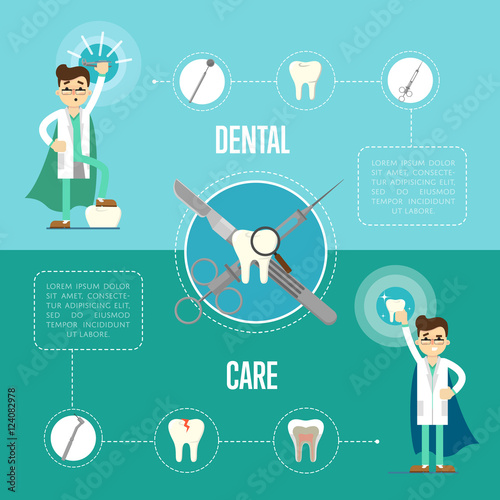The Horizon Of Oral Surgery: Revolutionary Innovations And Enhancements Shaping The Profession
The Horizon Of Oral Surgery: Revolutionary Innovations And Enhancements Shaping The Profession
Blog Article
Written By-Bendixen Hessellund
Invite to the world of oral surgery, where developments and advances are forming the future of the area! In Suggested Internet page , you'll witness the transformative power of robotics, the advanced marvel of 3D printing, and the game-changing effect of minimally intrusive strategies.
The future of oral surgery holds a guarantee of precision, performance, and improved individual outcomes. With the help of sophisticated robotics, cosmetic surgeons are able to do complex treatments with greater accuracy and control.
3D printing innovation is revolutionizing the development of oral implants and prosthetics, using customized solutions that fit perfectly into each person's one-of-a-kind composition.
Additionally, minimally invasive methods are decreasing post-operative pain and healing time, allowing people to return to their every day lives earlier.
Prepare yourself to explore the amazing innovations and advances that are reshaping the landscape of dental surgery!
Advancements in Robotics
One major innovation in oral surgery is making use of robot innovation, which enables accurate and effective procedures. With the help of robot systems, dental surgeons have the capability to execute complex surgical treatments with enhanced accuracy, minimizing the risk of human mistake.
These robotic systems are geared up with innovative imaging modern technology and precise tools that enable doctors to navigate with complex anatomical frameworks effortlessly. By making use of robot modern technology, cosmetic surgeons can accomplish greater medical accuracy, leading to enhanced client end results and faster healing times.
Furthermore, making use of robotics in oral surgery permits minimally intrusive treatments, minimizing the trauma to surrounding cells and promoting faster healing.
3D Printing in Oral Surgery
To enhance the area of dental surgery, you can check out the subtopic of 3D printing in dental surgery. This innovative innovation has the potential to reinvent the way oral doctors operate and treat patients. Right here are 4 essential ways in which 3D printing is shaping the area:
- ** Personalized Surgical Guides **: 3D printing enables the production of highly exact and patient-specific surgical overviews, enhancing the accuracy and performance of treatments.
- ** Implant Prosthetics **: With 3D printing, dental specialists can produce personalized dental implant prosthetics that perfectly fit an individual's special composition, leading to better outcomes and client fulfillment.
- ** Bone Grafting **: 3D printing allows the manufacturing of patient-specific bone grafts, lowering the requirement for typical implanting techniques and boosting healing and recuperation time.
- ** Education and learning and Training **: 3D printing can be utilized to develop realistic medical versions for instructional functions, permitting oral specialists to exercise intricate treatments prior to executing them on clients.
With its potential to improve precision, customization, and training, 3D printing is an exciting advancement in the field of oral surgery.
Minimally Intrusive Techniques
To better progress the field of dental surgery, welcome the potential of minimally invasive methods that can significantly benefit both surgeons and patients alike.
Minimally invasive strategies are reinventing the area by decreasing medical trauma, minimizing post-operative pain, and speeding up the recovery procedure. https://www.ksla.com/2019/02/15/susla-offer-free-dental-services-saturday/ involve using smaller sized cuts and specialized tools to carry out treatments with precision and efficiency.
By utilizing sophisticated imaging modern technology, such as cone beam computed tomography (CBCT), doctors can accurately intend and execute surgical treatments with marginal invasiveness.
In addition, using lasers in dental surgery allows for specific cells cutting and coagulation, leading to reduced blood loss and reduced recovery time.
With minimally intrusive methods, patients can experience quicker recovery, decreased scarring, and boosted end results, making it a necessary element of the future of dental surgery.
Conclusion
So, as you can see, the future of dental surgery is incredibly encouraging, with exciting developments and developments shaping the area.
From the improvements in robotics to the use of 3D printing and minimally intrusive methods, oral surgeons are reinventing the means they give care.
While some may worry about the prospective cost associated with these improvements, it is very important to keep in mind that these technologies eventually boost patient outcomes and decrease recuperation time, making them well worth the investment over time.
